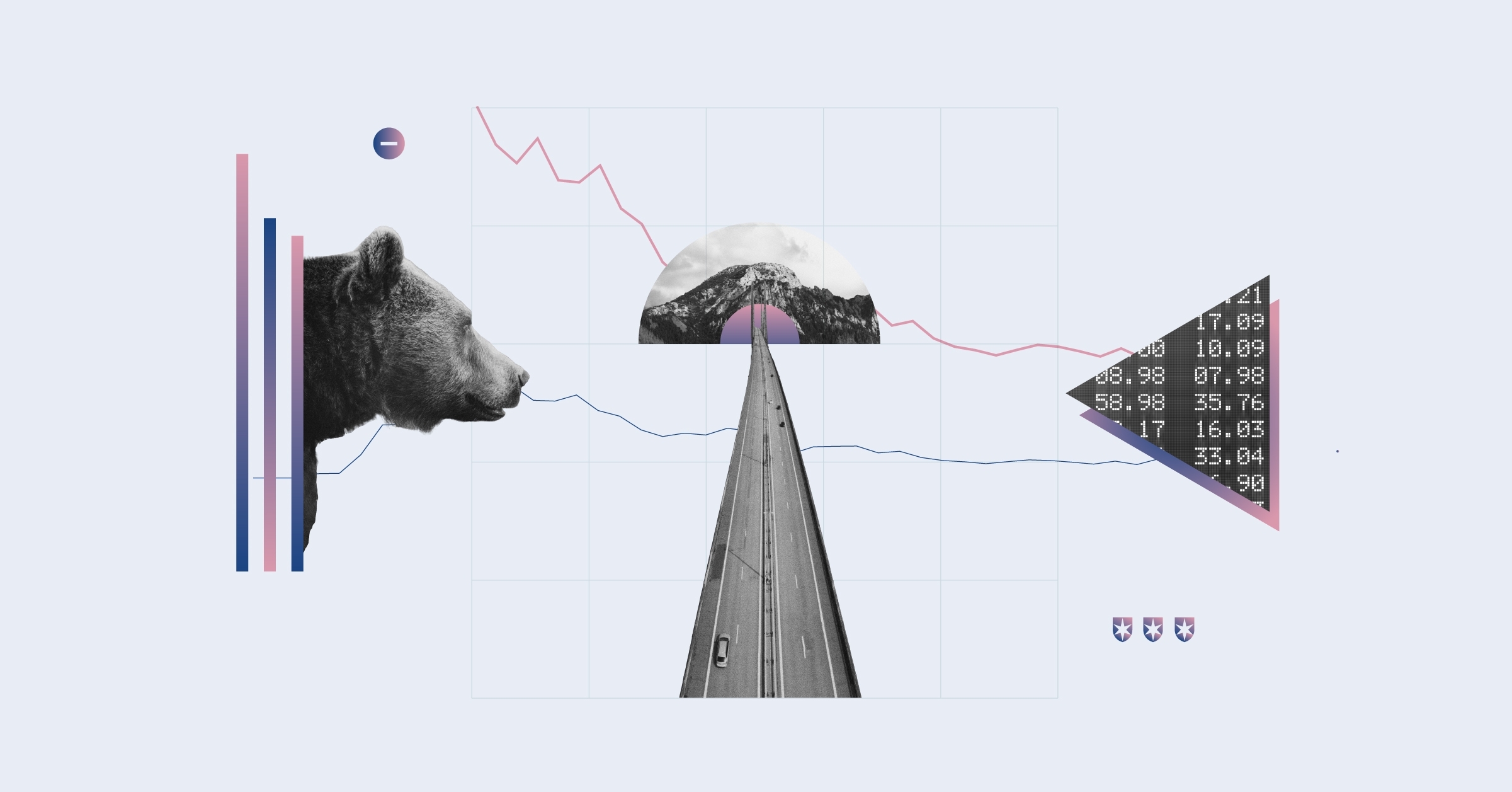In the first quarter, the aluminum industry saw one of its most eventful periods in recent memory, with supply disruptions and trade frictions significantly raising the prices of aluminum and alumina. In turn, higher prices have raised near-term profits for the companies under our coverage. We expect prices to remain at elevated levels for the remainder of 2018 before ultimately settling at a midcycle level just below $1,500 per metric ton in real terms.
Among the events contributing to aluminum supply chain disruptions, aluminum tariffs proposed by the U.S. were perhaps had the greatest impact. Enacted by the Trump administration in March 2018, the measure enacted a 10% tariff on aluminum imports, with several notable trade partners exempted. Most of these exemptions are temporary but could become permanent, pending further trade negotiations. Recent reports indicate that the European Union is set to impose a 25% tariff on U.S. aluminum and steel imports if it fails to receive continued exemptions beyond the current June 1 deadline. This measure is unlikely to have much impact given that the EU imports very little aluminum from the United States. Nevertheless, it is a reminder that the specter of a global trade war remains.
The announcement of sanctions against Russian aluminum producer Rusal also drove aluminum price volatility. These sanctions are being enacted because oligarch Oleg Deripaska, one of several individuals identified as having strong political connections with the Kremlin, owns a significant stake in Rusal, which produces about 7% of the worlds aluminum and alumina. The sanctions aim to prevent aluminum buyers around the world from conducting business with Rusal. Reportedly, these sanctions will only be lifted if Deripaska relinquishes his controlling stake the company. As of yet, this has not taken place as Rusal continues to explore alternative options.
Further complicating the global aluminum supply chain, the Alunorte refinery in Brazil, the largest alumina facility in the world, is currently operating at only 50% capacity. Brazilian authorities ordered a production limit following reports of a toxic leak at the facility. At the beginning of May, a Brazilian judge upheld the decision to maintain reduced output at the facility. This measure has exacerbated an already tight alumina market, pushing the price above $700 per metric ton at its peak. In turn, this has limited profit upside from higher aluminum prices for aluminum smelters.
We expect news flow related to these events will continue to have a significant short-term impact on the aluminum supply chain. However, our 2018 aluminum price forecast of $2,150 per metric ton sits only about $100 below current levels, as we forecast modestly lower prices in the second half of the year. Our midcycle (2022) forecast is unchanged just below $1,500 per metric ton in real terms. We expect aluminum demand growth to slow considerably as China gradually transitions from an investment-led to a consumption-led economic growth model. This transition will lead to lower fixed asset investment, in turn dampening demand for aluminum.
Valuation levels remain inflated across our aluminum coverage. Alcoa, Alumina Limited, and Norsk Hydro are each significantly overvalued.
Alcoa reported healthy first quarter results, which was unsurprising given the run up in aluminum and alumina prices during the period. Companywide EBITDA was up about 23% from a year earlier, and management raised its full year guidance in response to recent news events. At the segment level, bauxite profits were roughly flat year over year, alumina profits were up about 30% and aluminum profits were down about 25%. The somewhat surprising decline in aluminum profits was due to some price lag as well as cost inflation from alumina. Alcoa remains considerably overvalued at its current price of about $50 per share, as compared with our fair value estimate of $35 per share. Alcoa has seen its price run up in reaction to the announcement of tariffs and trade sanctions by the U.S., although we believe they will have only a limited long-term impact.
Norsk Hydro also reported solid first-quarter results, despite the continued partial outage at the Alunorte alumina facility. Profits from the aluminum and alumina segments both contributed to higher operating income, with cost inflation serving as a partial offset. We expect the Alunorte outage to decrease Norsk Hydro’s alumina shipment volumes, although lofty alumina prices will support profitability in the near-term. Hydro benefits from an attractive position on the lower end of the cost curve, which helps the company enjoy consistent profitability. At a current price just above NOK 50 per share, Hydro is trading at a considerable premium to our fair value estimate of NOK 38, although it is still the cheapest aluminum name under our coverage on a price/fair value basis.
Although Alumina Limited is a low-cost producer of bauxite and alumina, the current share price implies a far too optimistic view of both alumina prices and global aluminum demand growth. The company did not report first-quarter earnings, as it publishes earnings updates only twice a year. Nevertheless, many of the key aluminum supply chain disruptions have had a heavy impact on it. We recently raised our fair value estimate to AUD 1.60 from AUD 1.15 because of higher near-term profits stemming from an inflated alumina price. Despite this revision, Alumina remains the most overvalued aluminum name we cover with a current price of AUD 2.60.
The information contained within is for educational and informational purposes ONLY. It is not intended nor should it be considered an invitation or inducement to buy or sell a security or securities noted within nor should it be viewed as a communication intended to persuade or incite you to buy or sell security or securities noted within. Any commentary provided is the opinion of the author and should not be considered a personalised recommendation. The information contained within should not be a person's sole basis for making an investment decision. Please contact your financial professional before making an investment decision.























